Fed Chairman Jerome Powell doesn’t know what will happen to tax, immigration and fiscal policies under Donald Trump, which is why the US central bank is holding off on cutting interest rates to wait and see.
The US Federal Reserve (Fed) decided to keep interest rates unchanged at its two-day meeting on January 28-29 (ending early morning on January 30, Vietnam time) at 4.25% to 4.5%/year after three consecutive cuts with a total reduction of 1% before. The Fed is concerned that inflation may turn up again.
The Fed's decision came at the central bank's first policy meeting since US President Donald Trump took office last week, on January 20.
This is seen as a reversal of the Fed's previous aggressive easing. Fed officials need to consider political and economic issues.
Responding at a press conference after the policy meeting, when a CNBC reporter mentioned the president's statement that he would ask for an immediate interest rate cut, Fed Chairman Jerome Powell said he would not have any response or comment "on what the president said."
Mr. Powell also said he had not been in direct contact with President Trump but said that the Federal Open Market Committee (FOMC) was “in a wait-and-see mode to see what policies are enacted.”
“We don’t know what’s going to happen with tariffs, with immigration, with fiscal policy, with regulatory policy. I think we need to let those policies play out before we can start making a reasonable assessment of what their impact will be on the economy,” Mr. Powell said.

The post-meeting statement showed the Fed taking a slightly more upbeat view of the US labor market, while removing a detail from December that inflation had “made progress” toward its 2% target.
It can be seen that the good labor market and persistently high inflation are the factors that made the Fed decide to keep interest rates unchanged. The US economy "still grows at a solid pace".
The Fed's decision to keep interest rates unchanged for review comes as Mr. Trump has signed hundreds of executive orders in just over a week since taking office.
The Fed Governor said the path of interest rate cuts still depends on inflation developments and did not rule out the possibility of lowering interest rates at the meeting in March.
Fed Governor Christopher Waller said inflation is likely to continue to decline, moving closer to the 2% target and allowing the central bank to cut interest rates sooner and more quickly than expected.
The core personal consumption expenditures (PCE) price index, which excludes food and energy costs, has been close to the Fed's target for the past eight months, Waller said. The core PCE is the Fed's preferred inflation measure.
Mr. Waller predicts three or four rate cuts of 0.25 percentage points each this year.
The US and world financial markets did not fluctuate much after the Fed's decision to keep interest rates unchanged as predicted.
The DXY index - measuring the greenback's volatility against a basket of six major currencies - remained around 108 points. Gold prices remained flat at $2,760 an ounce. Meanwhile, the cryptocurrency market also saw little change. Bitcoin remained around $103,000-104,000 per BTC.
Previously, the trend of gold was quite clear to continue to increase in 2025 when the USD was in a downtrend. However, the price outlook of this commodity is assessed to be able to change after the appearance of Chinese artificial intelligence (AI) startup DeepSeek, causing a storm in the world technology market with the ability equal to ChatGPT but the investment cost is only a fraction.
US stocks edged lower after the Fed kept interest rates unchanged in its first policy decision of 2025.
Nvidia shares fell 4% after Bloomberg News reported that Trump administration officials discussed restricting Nvidia chip sales to China after the DeepSeek AI model emerged.
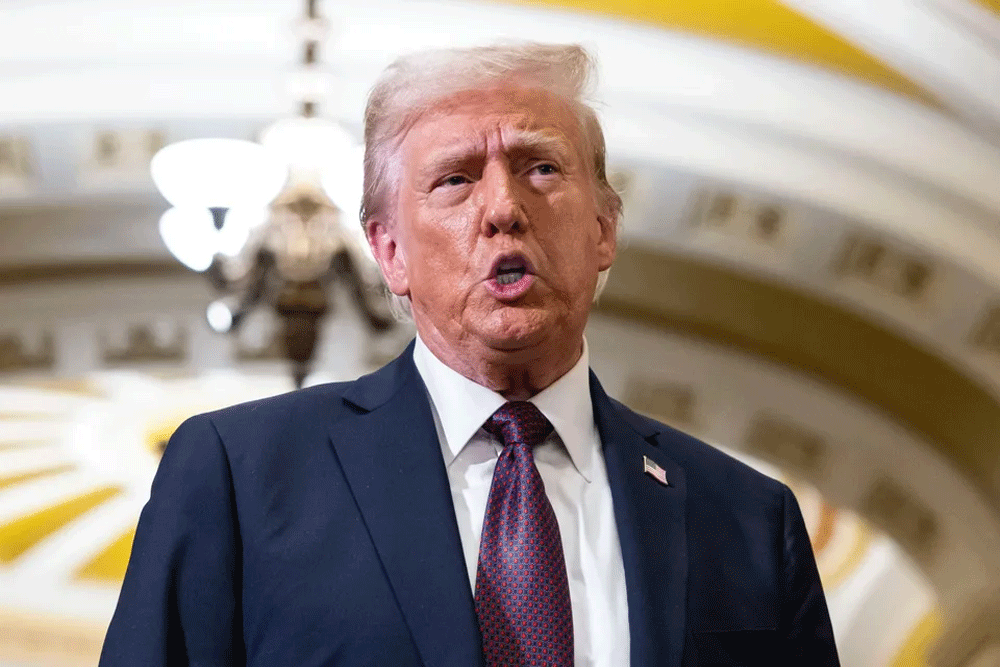
Source: https://vietnamnet.vn/jerome-powell-khong-biet-dieu-gi-se-xay-ra-thoi-ong-trump-fed-ngung-ha-lai-suat-2367408.html



![[Photo] Magnificent rehearsal of the parade to celebrate the 50th anniversary of national reunification](https://vstatic.vietnam.vn/vietnam/resource/IMAGE/2025/4/27/9d03de12cfee4bd6850582f1393a2a0f)
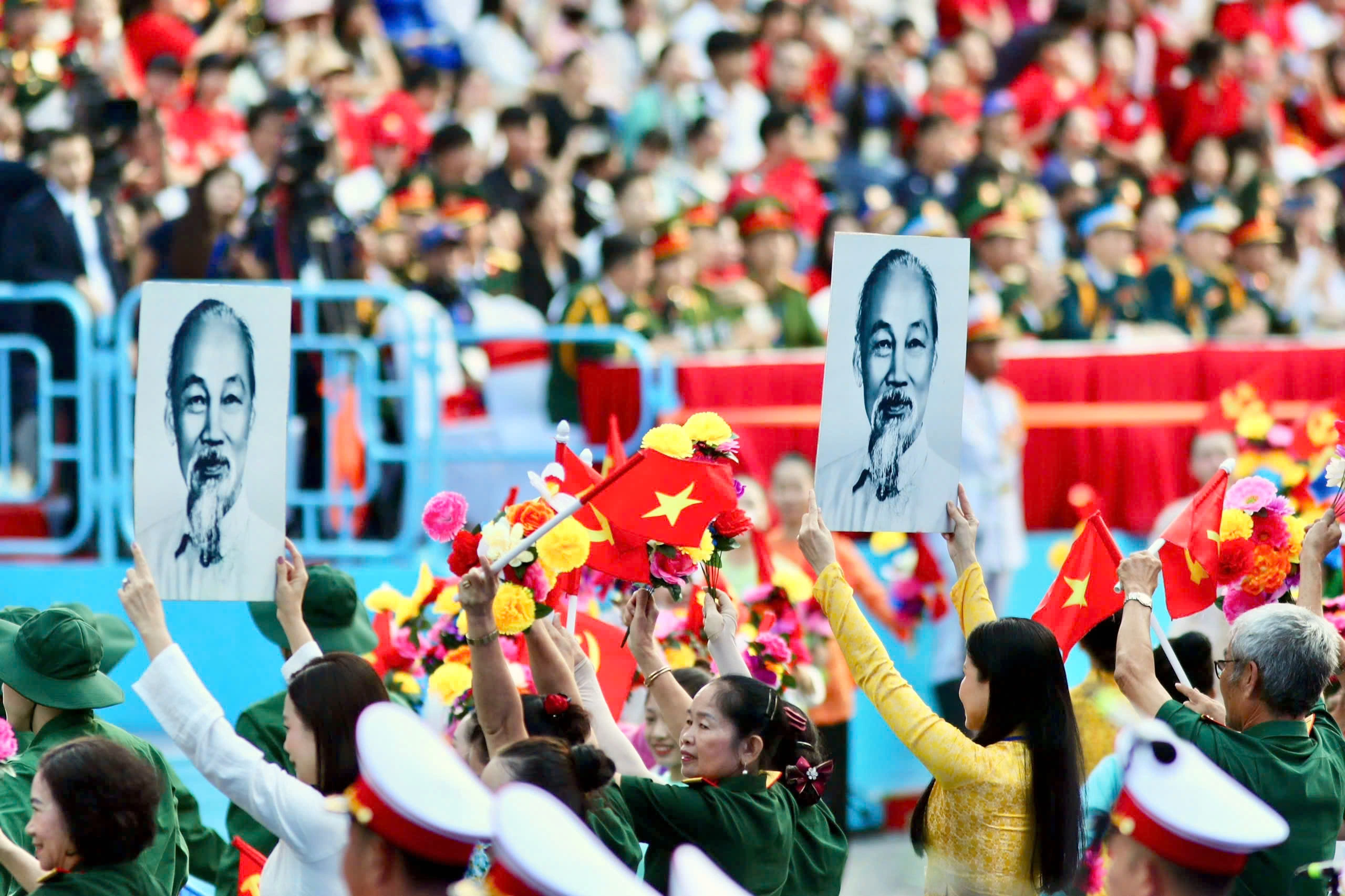
![[Photo] Spreading passion for science and technology in educational environment](https://vstatic.vietnam.vn/vietnam/resource/IMAGE/2025/4/27/059521b98e3847368f5ff4120460a500)


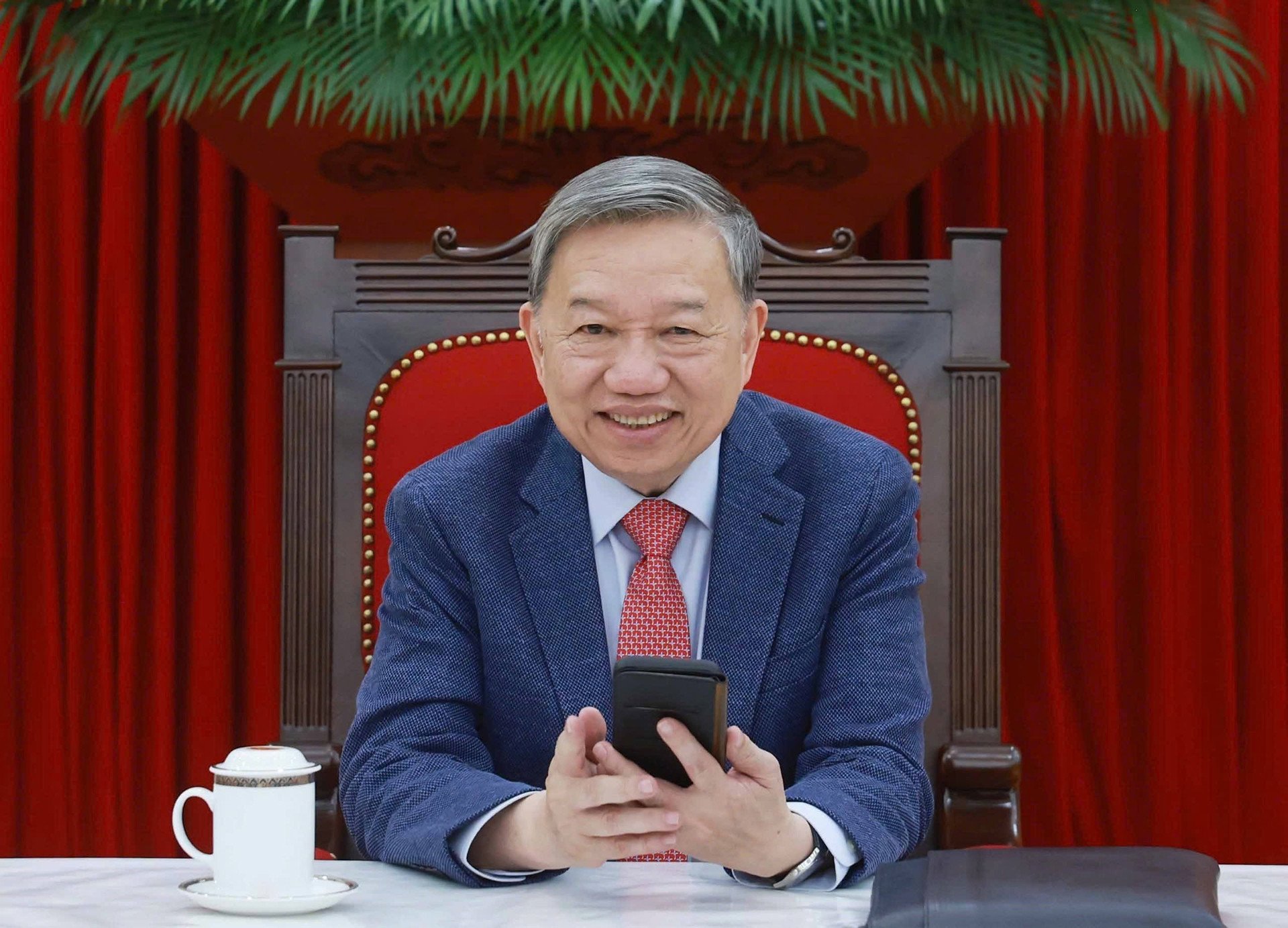



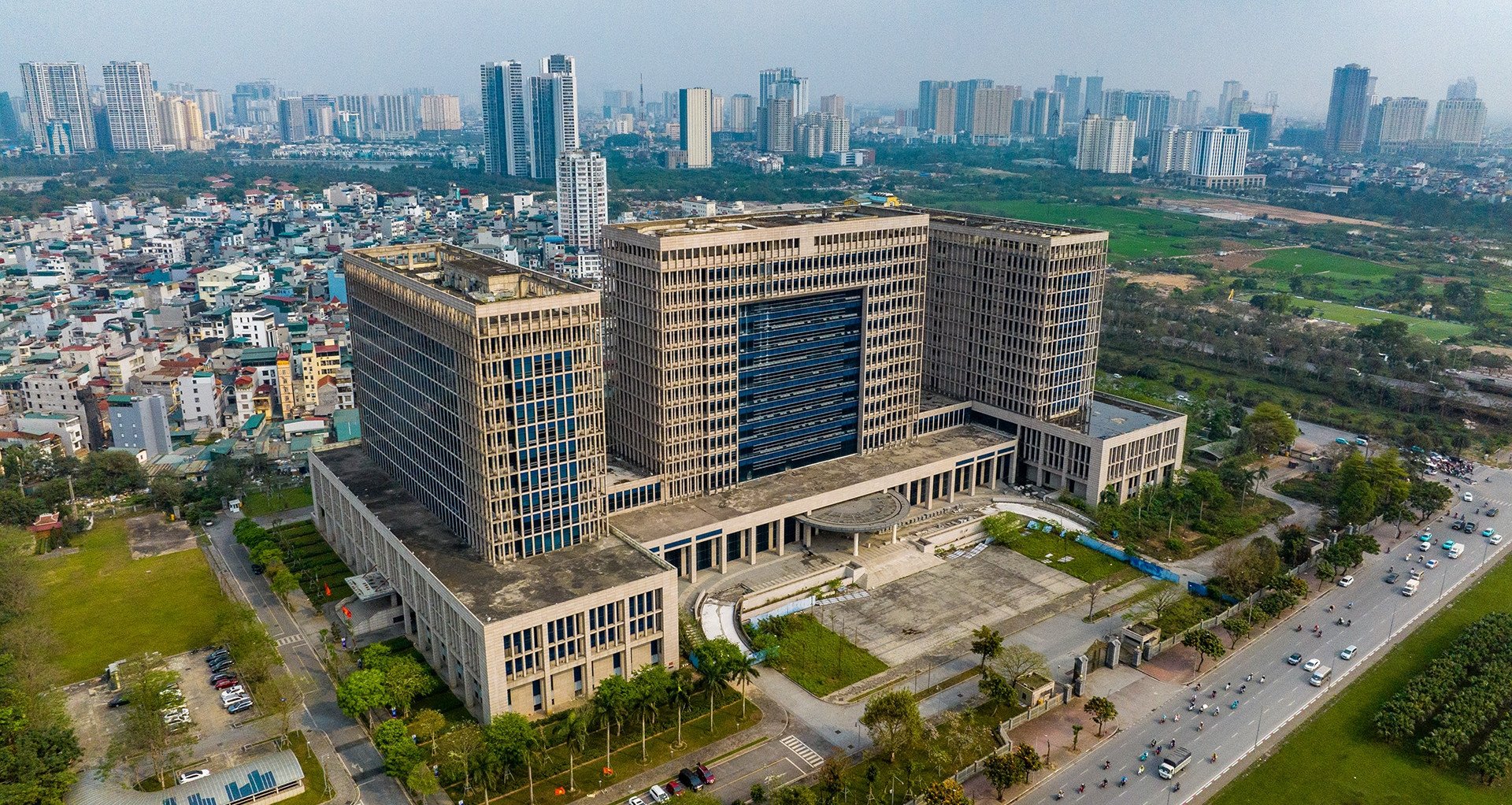
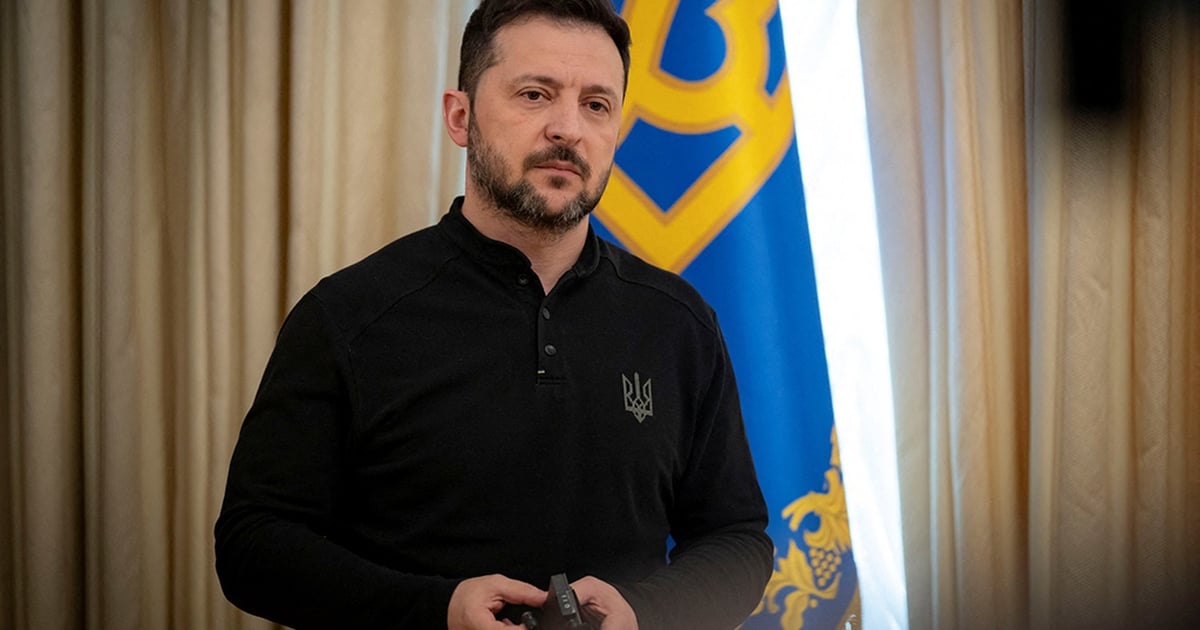
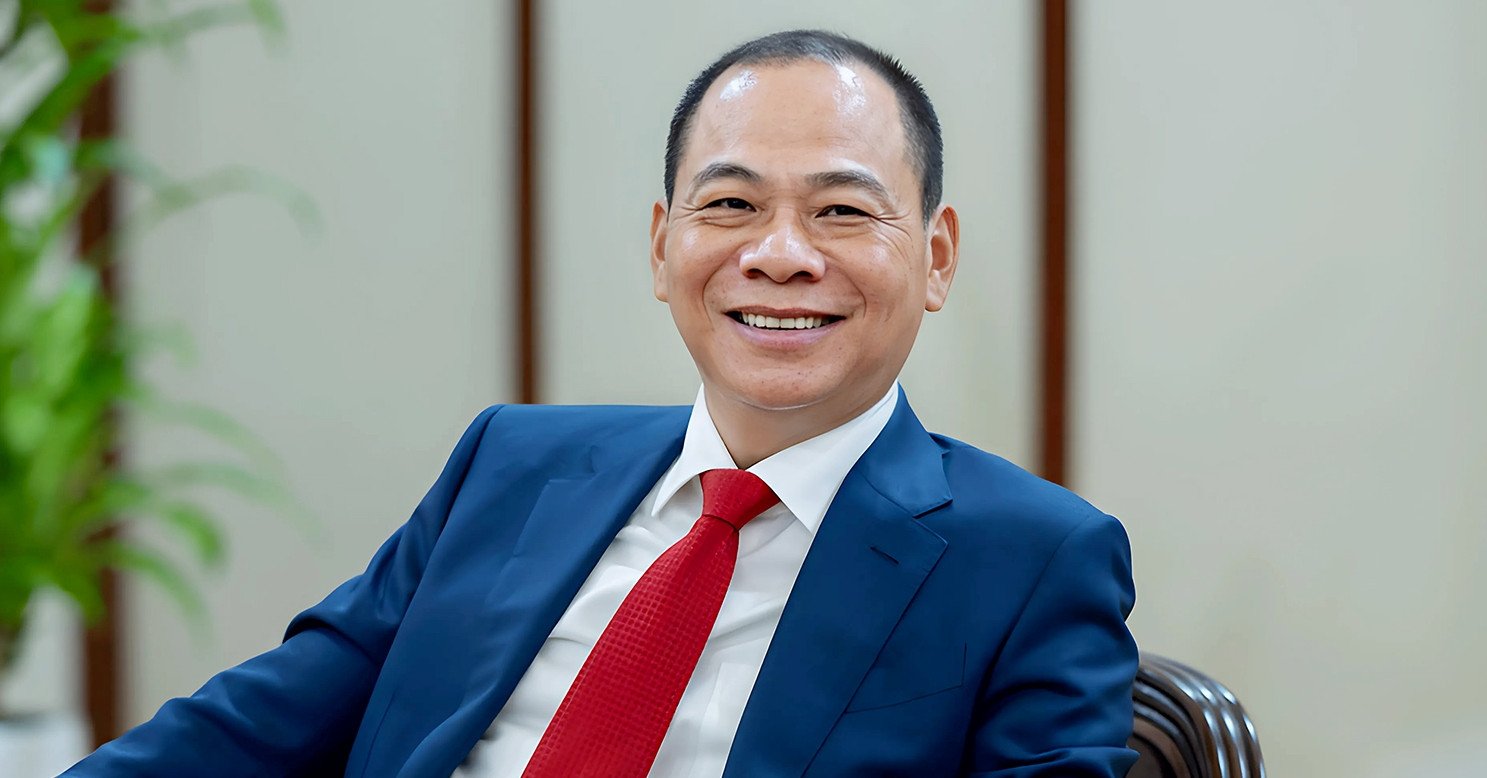
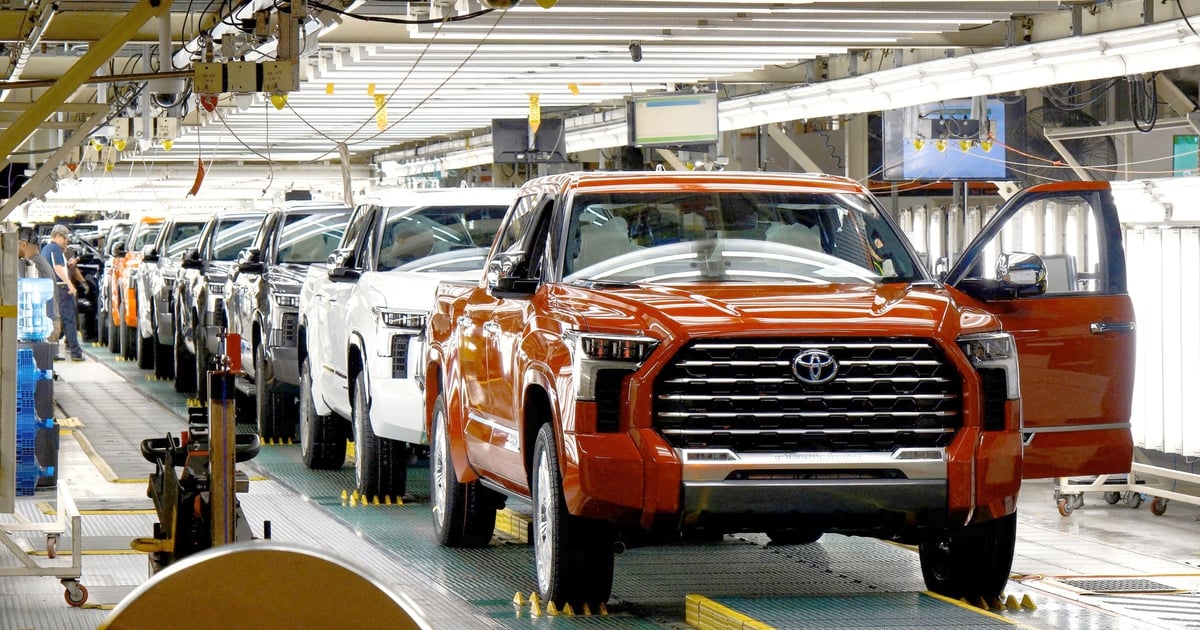
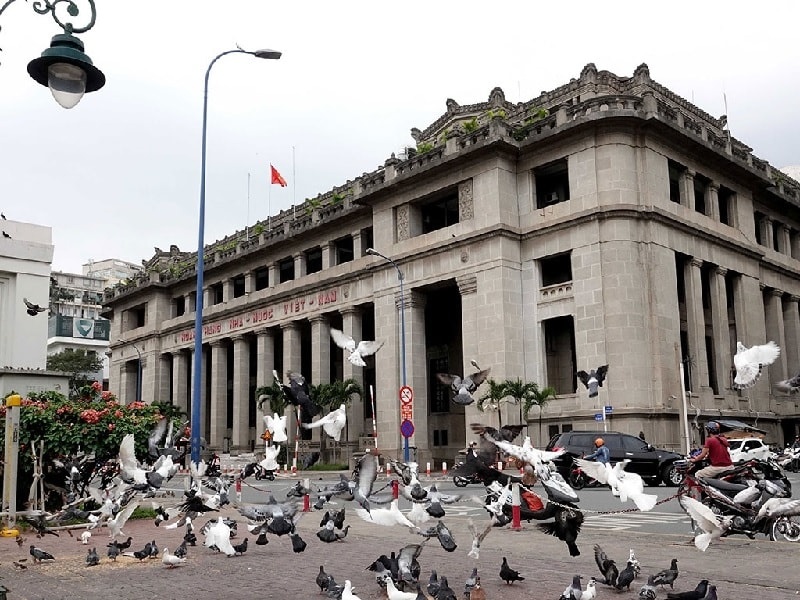

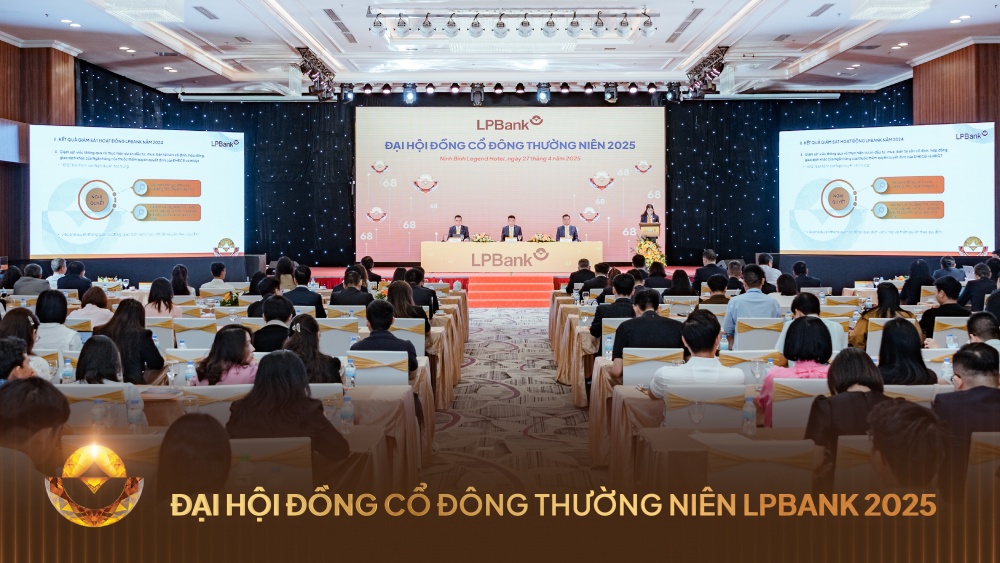

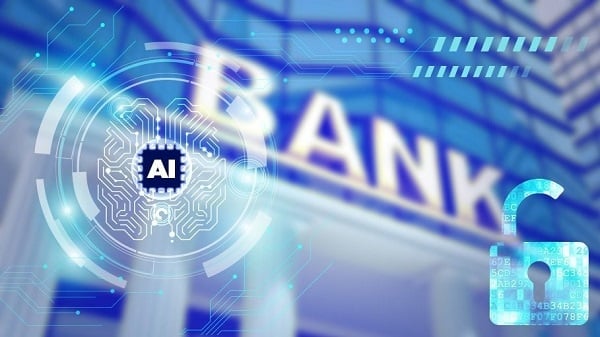


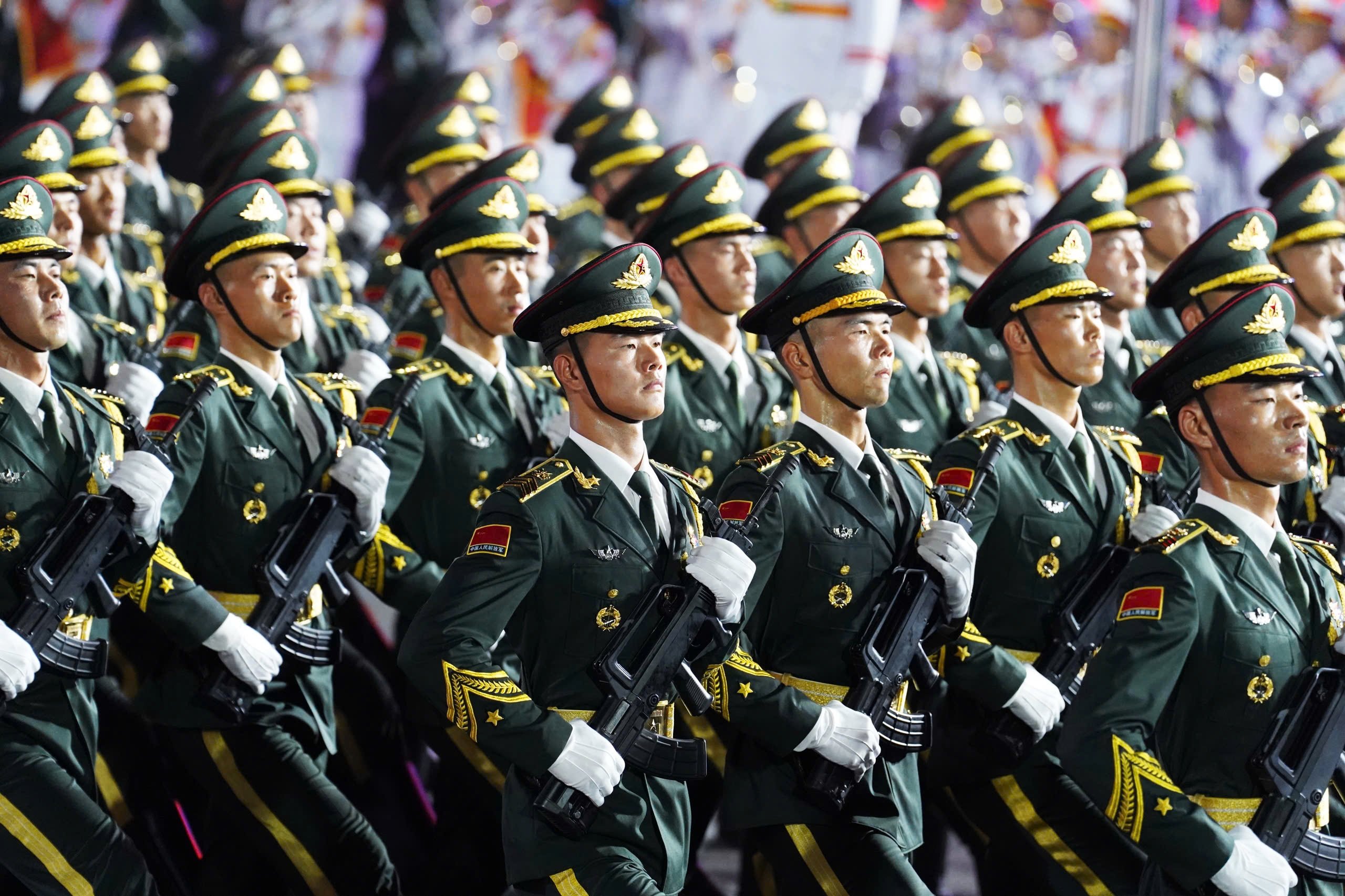
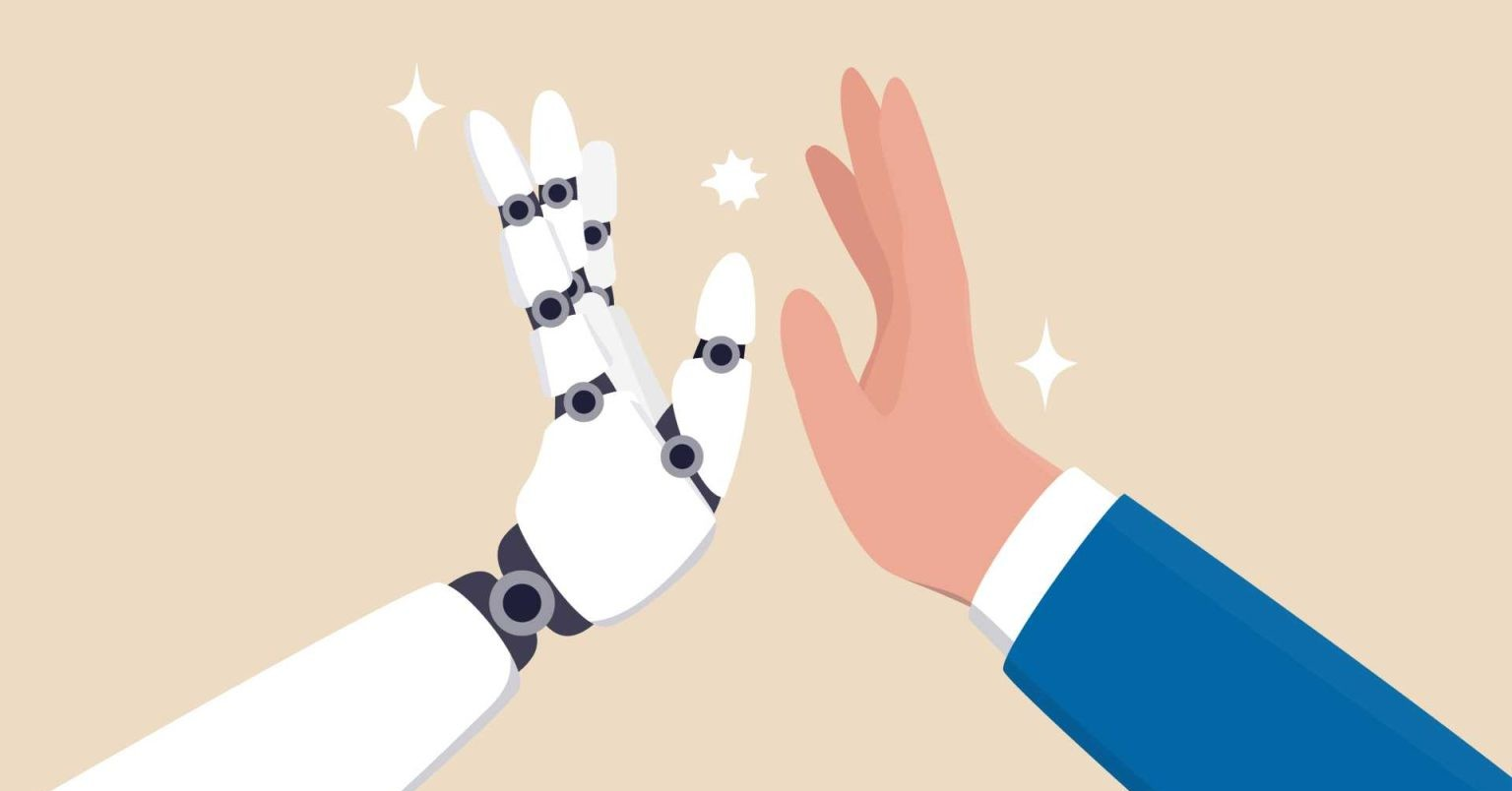


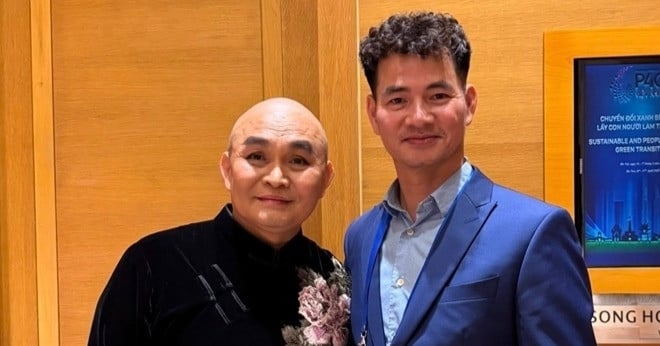

![[Photo] Ho Chi Minh City residents stay up all night waiting to watch the parade rehearsal](https://vstatic.vietnam.vn/vietnam/resource/IMAGE/2025/4/27/0c555ae2078749f3825231e5b56b0a75)


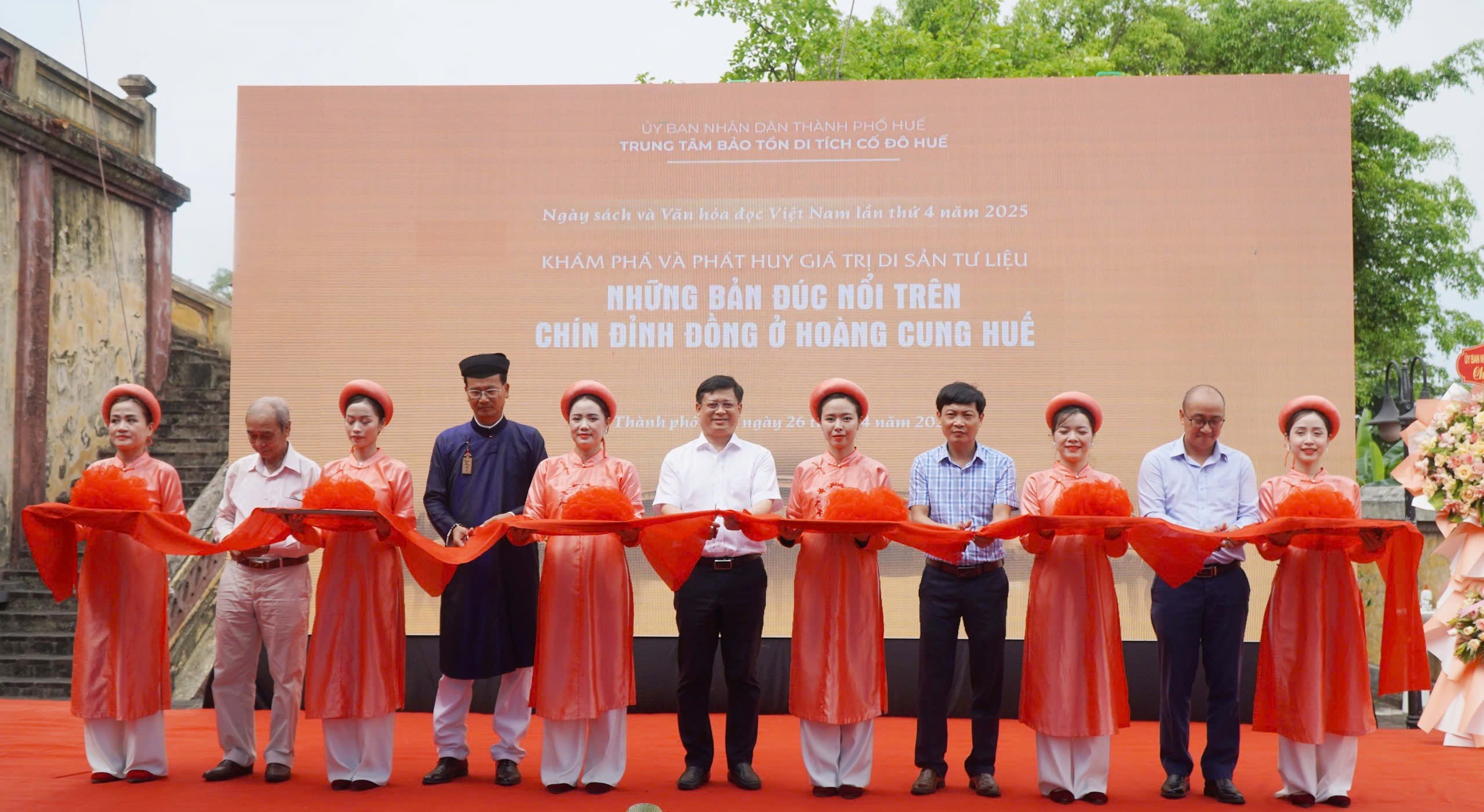







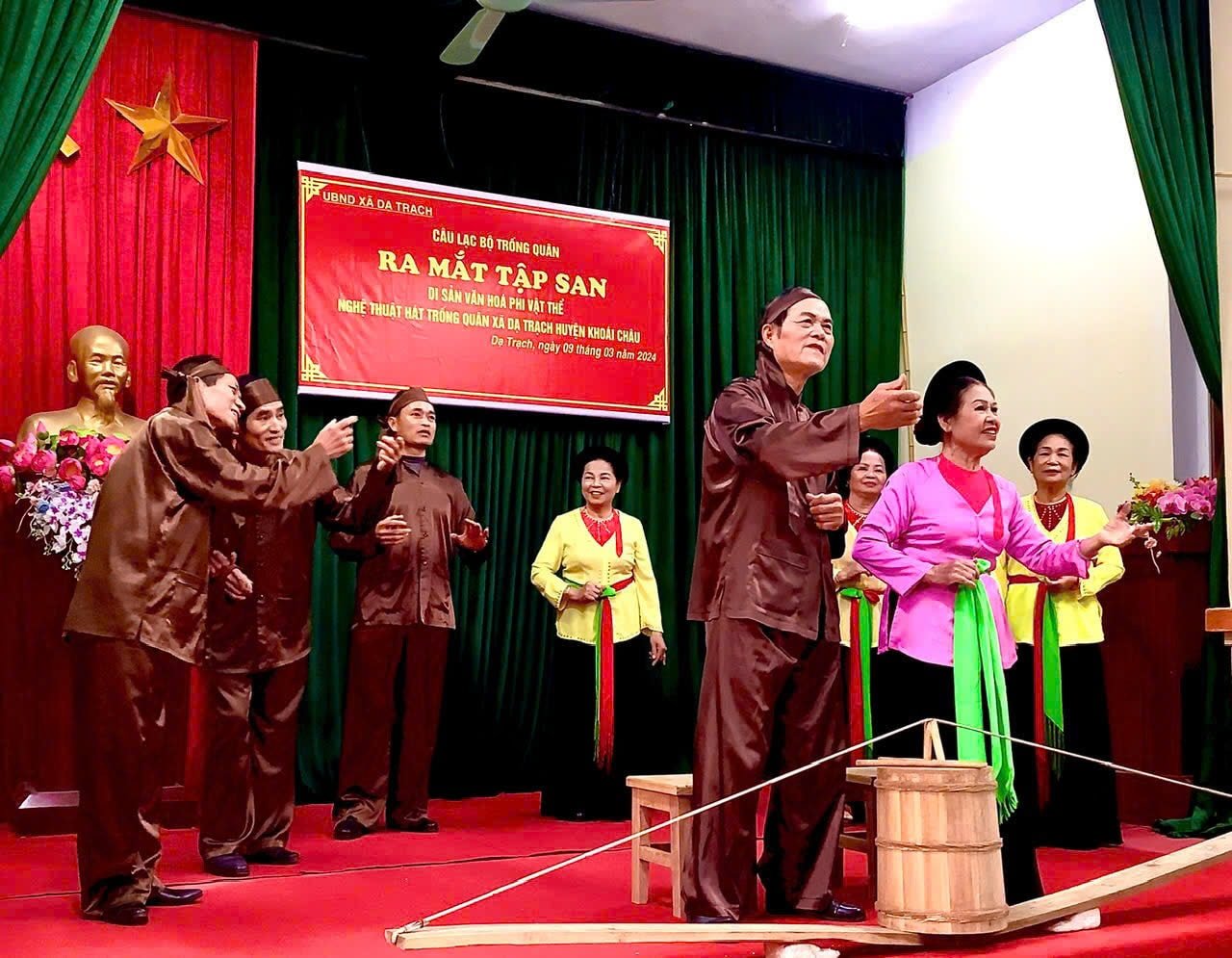





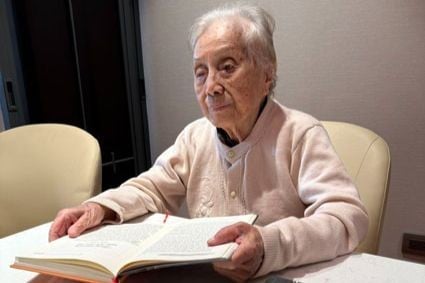

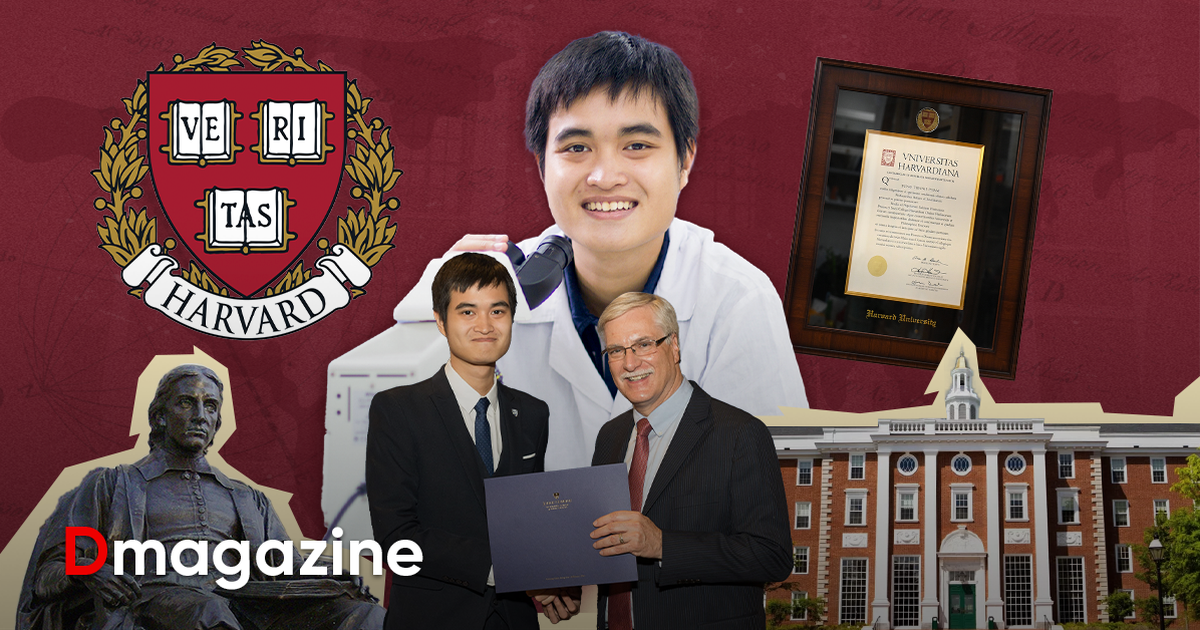

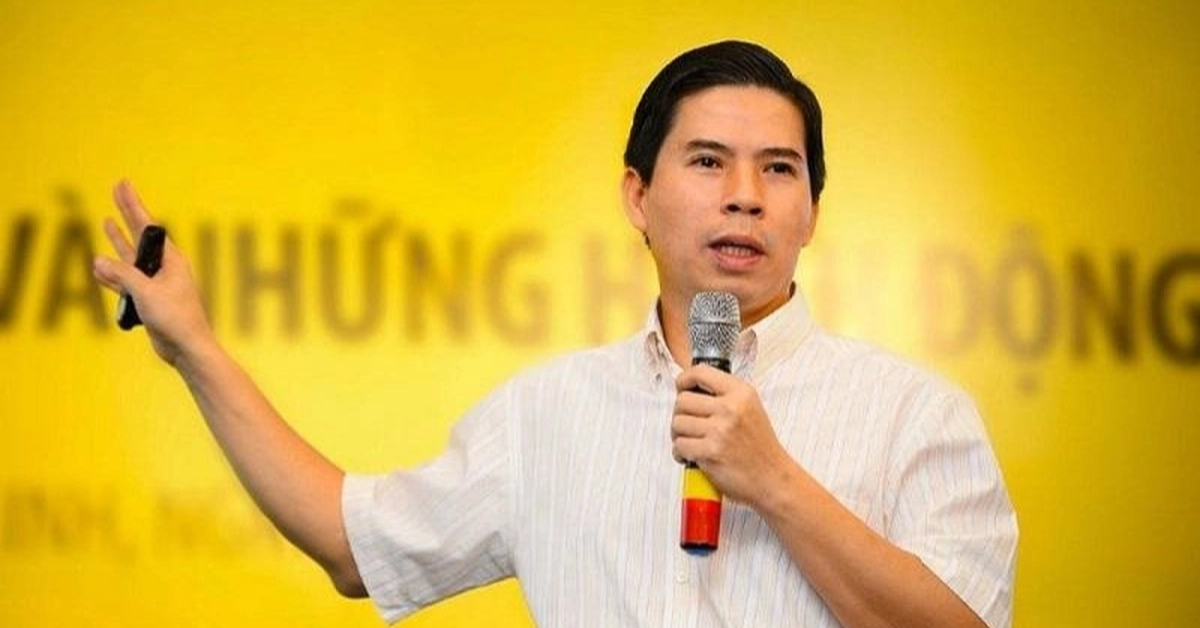

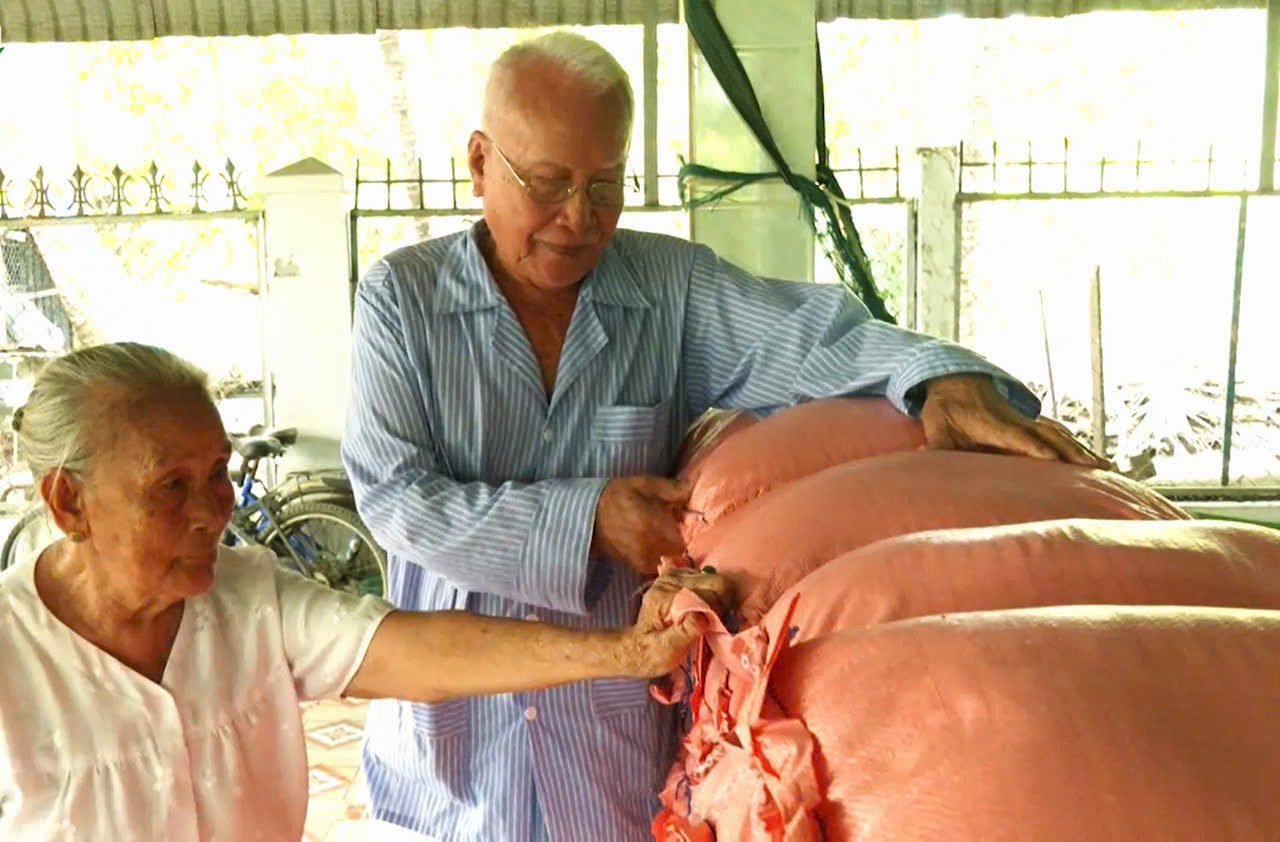




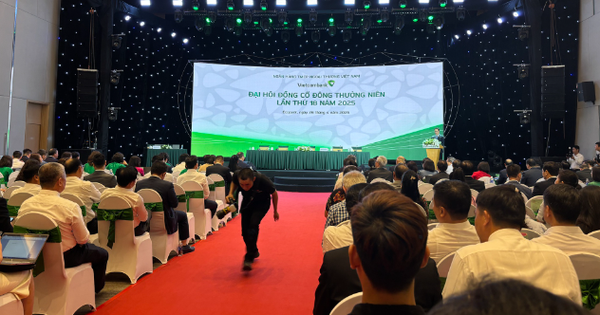


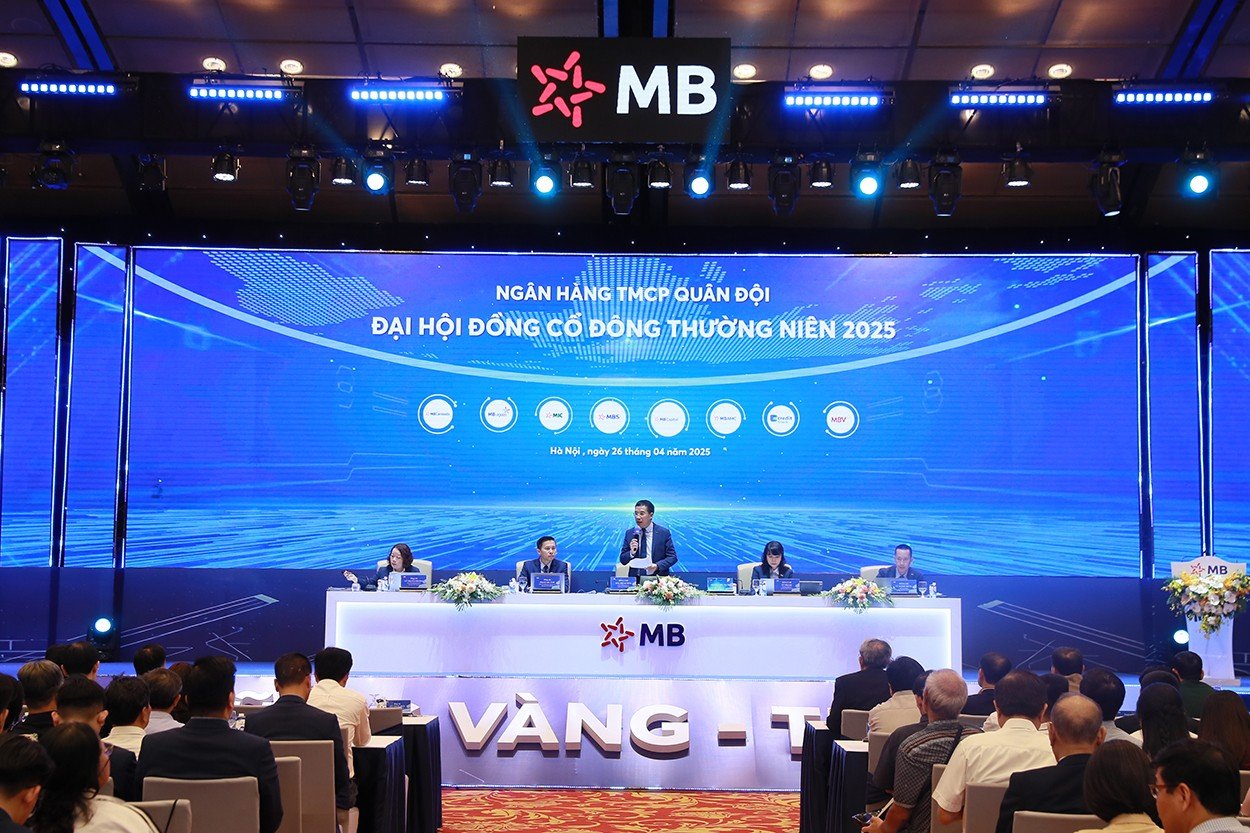

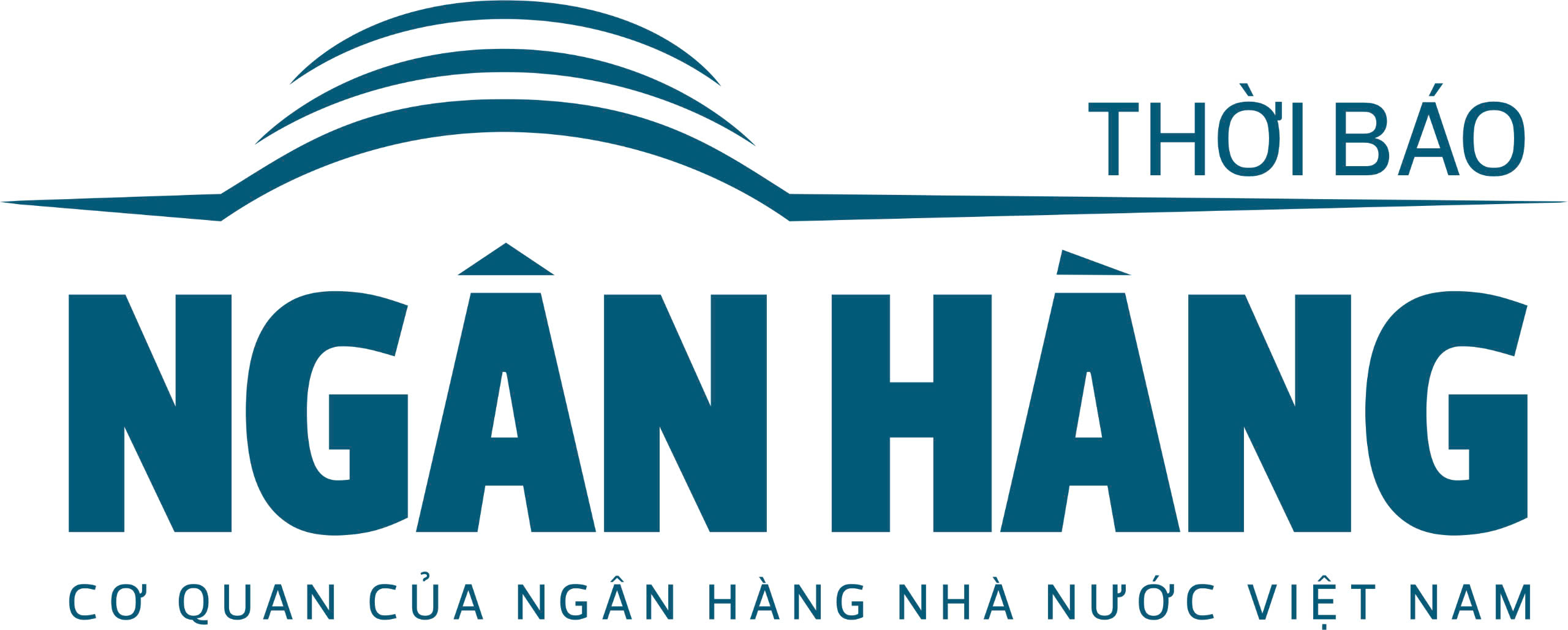
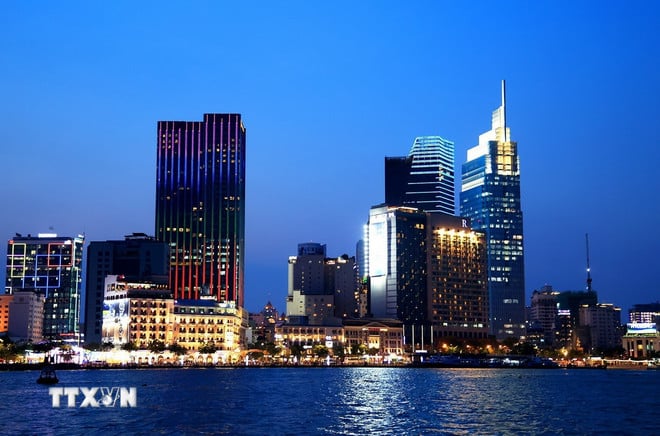

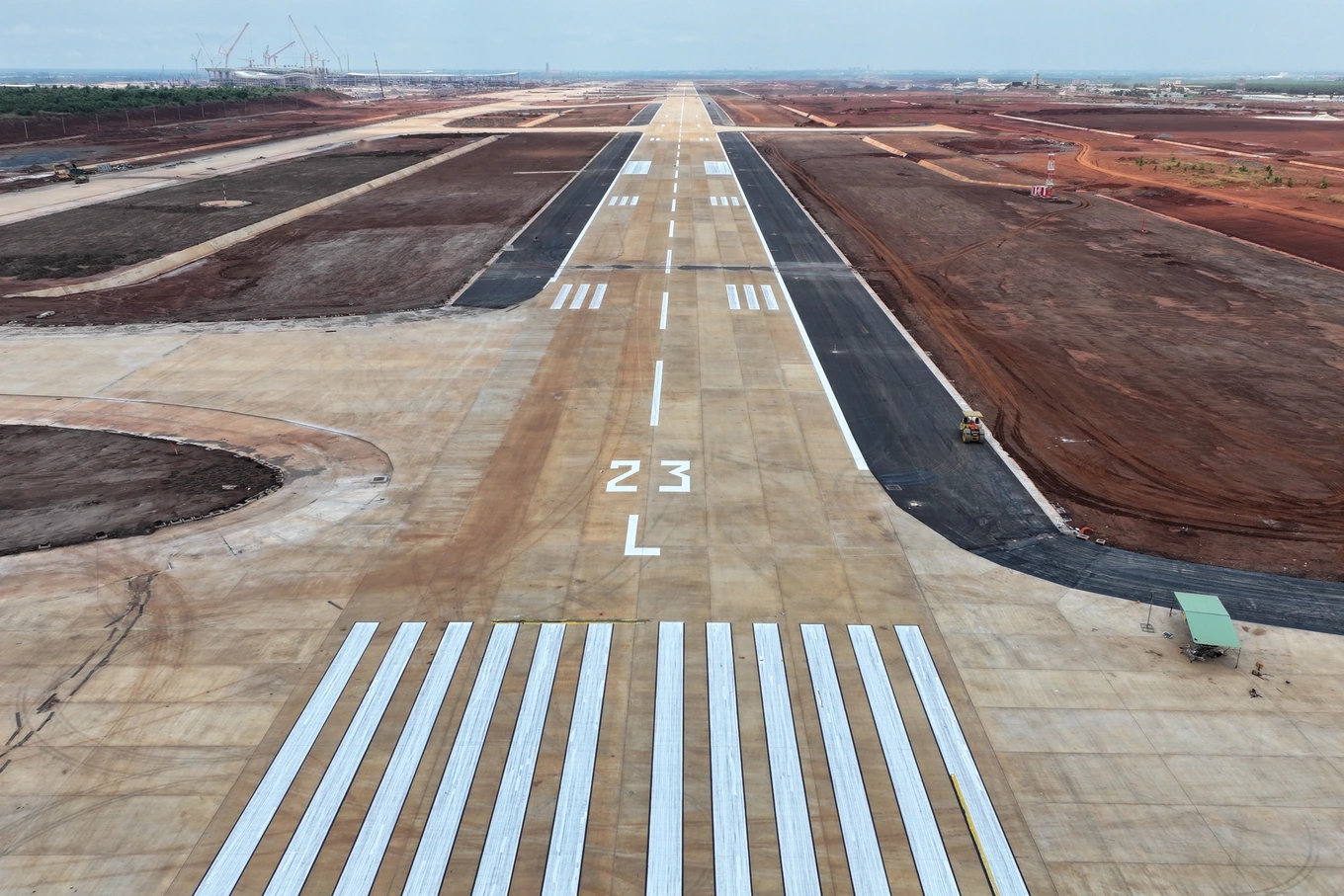



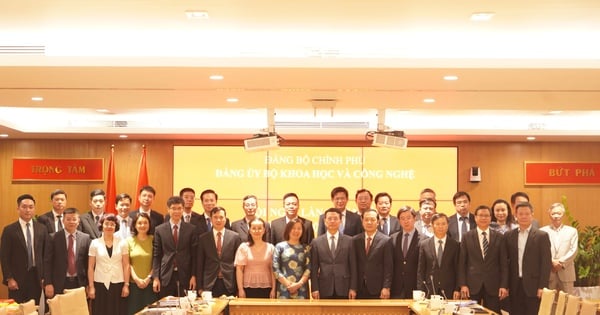






























Comment (0)